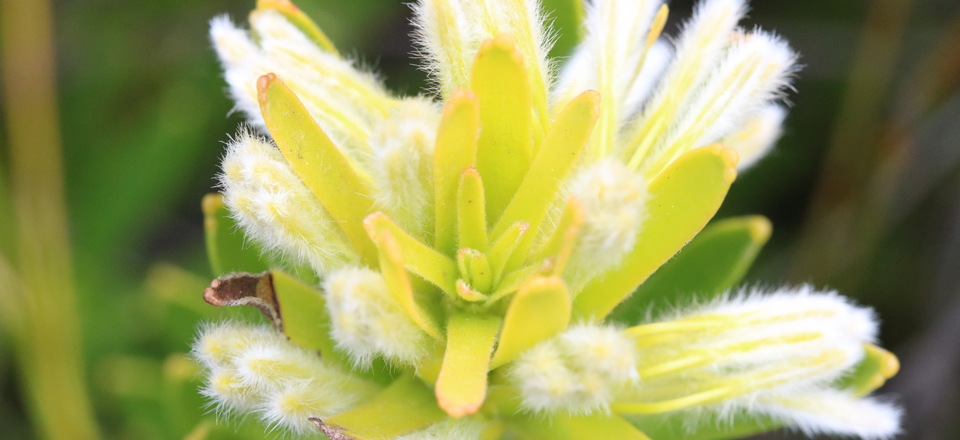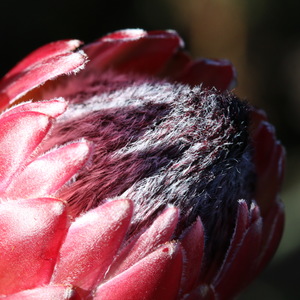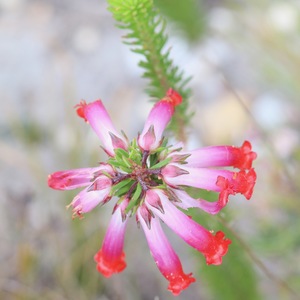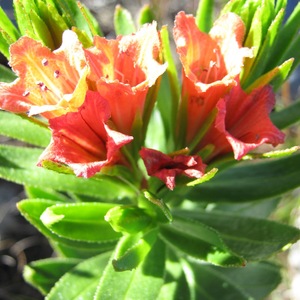What makes THESE fynbos species special?
The fynbos landscapes around the Nuwejaars wetlands are alive with fynbos endemics. These are special fynbos species you’ll only find in this area - and nowhere else in the world.
These endemics - ranging from tiny bulbs to impressive Proteas - thrive on these natural areas that aren’t open to the public. Over the past 18 years, we’ve worked with botanists and other experts to build up our knowledge of these fynbos plants, and to monitor their success.
In fact, the Nuwejaars Wetlands Special Management Area is home to 207 threatened fynbos species (ranging from Near Threatened to Critically Endangered).
Not all are fynbos endemics though. And not all our fynbos endemics are threatened. During a stroll through some of our very special areas, you could come across some of these fynbos species found ONLY here:
Protea pudens
This Endangered protea is known as the Bashful Protea, or ‘Skaamrosie’ as its pretty flowers are low on the ground, and usually face downwards. This species only occurs in the NWSMA.
Erica regia
The ‘Elim Heide’ is centred around Geelrug hill, just outside Elim, and some neighbouring farms that are members of the NWSMA. It’s Endangered and is a prominent feature in Critically Endangered Elim Ferricrete Fynbos.
Mimetes cucullatus
This species isn’t threatened, nor is it endemic to the Nuwejaars wetlands. But take a look at this very special endemic version of the species. It has a noticeable white colouring and is much lower to the ground than the Mimetes cucullatus found elsewhere.
Leucospermum heterophyllum
The Trident Pincushion occurs on the Nuwejaars Wetlands SMA, and up to the De Hoop Nature Reserve. It’s listed as Endangered. The species is long-lived, as it resprouts after a fire. And you could miss this low-growing species if you’re not looking out for it.
Lobostemon sanguineus
This striking red flower is known from only FOUR sites, three of which are in the NWSMA (the fourth being Potberg). It’s listed as Vulnerable on the Red List of SA Plants and can be found in some of our sandy soils on slopes and hilltops. But it is extremely threatened by invasive plants.



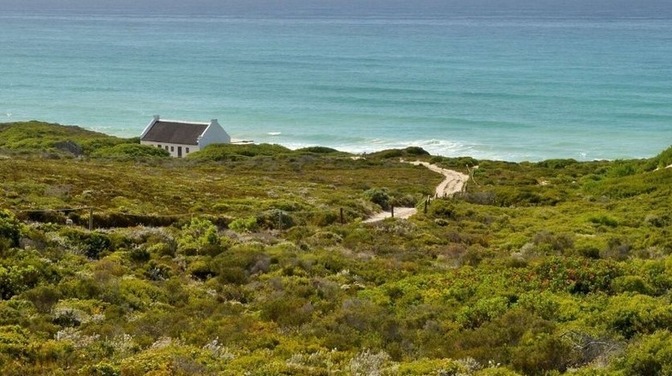



.jpg?width=200&height=94)





